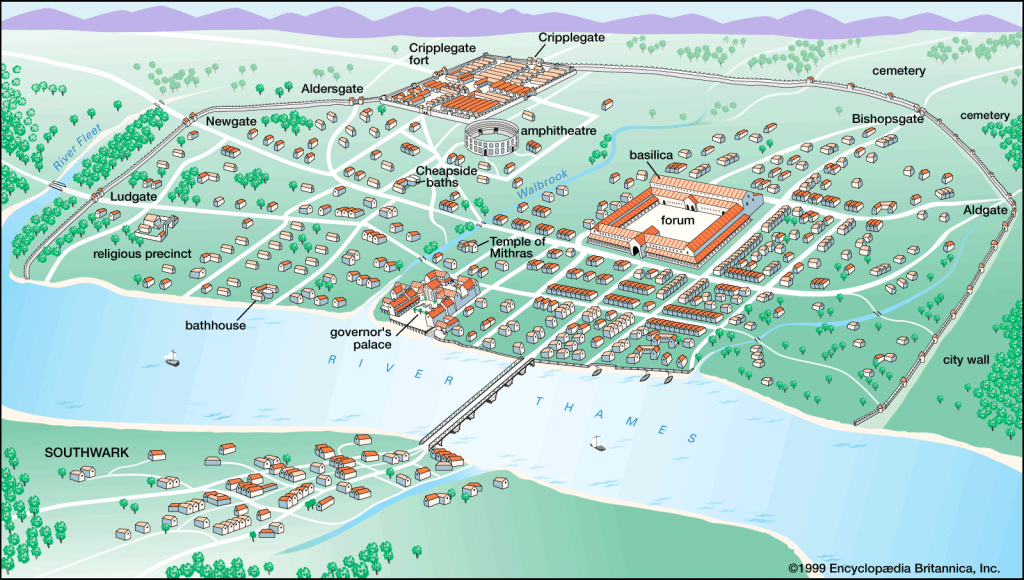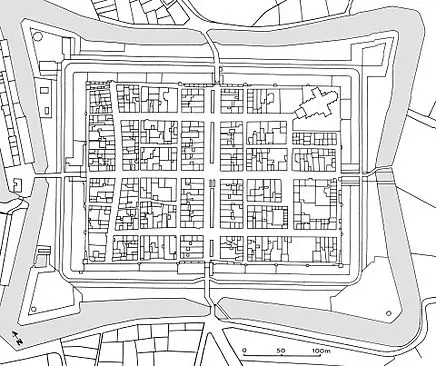Nestled in the beautiful landscape of Arizona, Prescott has a rich history that whispers tales of innovation, courage, and ingenuity. The impact of early settlements on modern Prescott’s urban layout is a fascinating exploration of how history shapes our living spaces.

It unveils the intricate meshing of cultural values, economic needs, and topographical uniqueness in creating a thriving community.
Early Settlements: A Brief Overview
The roots of Prescott go deep into history, where Indigenous Peoples have had their presence for centuries. These original inhabitants had communities that were the epitome of harmonious living with nature.
The arrival of European settlers during the mid-19th century marked a new chapter in Prescott’s history. The establishment of key towns and roads was a significant milestone that had a profound impact on the city’s growth.
Prescott’s early settlement patterns were primarily guided by immediate needs and opportunities, promising lands, and the availability of resources. The early settlers learned to harness the area’s natural wealth, adapting to the local topography and climate. These developments laid the foundational aspects of urban planning, seen vividly in Prescott’s modern urban layout.
Prescott’s Original Landscape
The geographical features of Prescott played a pivotal role in the settlement’s design. The city’s topographical features, with a blend of valleys and mountains, created unique opportunities and challenges for settlers. It guided the locations of roads, houses, and commercial centers, shaping a distinct urban pattern.
The climate also affected settlement patterns. The region’s relatively mild weather encouraged agriculture and outdoor activities, allowing the settlers to create diverse spaces for living, working, and recreation. These elements combined to shape a thriving community, reflective of Prescott’s inherent natural beauty.
Historical Landmarks and Their Influence
Prescott houses some iconic landmarks that echo the city’s rich past. Fort Whipple, for instance, was established in 1864 and played a vital role in the defense and governance of the region. Its history continues to influence local culture and has left an imprint on the urban fabric of the town.
Similarly, the Governor’s Mansion, constructed in 1864, signifies the political aspirations and developments during Prescott’s early years. The mansion stands as a symbol of authority and tradition, reflecting a time when governance was taking its shape in Arizona.
Goldwater Lake is another significant landmark. It is not just a recreational spot but a reflection of how natural resources were an integral part of community life. These landmarks collectively contribute to Prescott’s unique identity and play a part in shaping its urban layout.
Town Planning Principles in Early Prescott
Town planning during Prescott’s early settlements was more of an evolutionary process rather than a rigidly structured one. The street layout was often determined by the land’s natural contours, leading to an organic growth pattern that responded to human needs and topographical features.
Zoning practices were not as defined as they are today. However, settlers naturally gravitated towards segregating residential areas from commercial and industrial ones. The inherent understanding of space management led to a layout that balanced private and public spaces effectively.
These historical town-planning principles resonate even in modern Prescott. While there has been tremendous advancement in urban planning technologies, the heart of Prescott’s layout still beats with the rhythm set by the early settlers.
Transportation Development
Prescott’s transition from horse trails to highways is a riveting tale of progress and pragmatism. The early settlers relied heavily on horses and wagons, which influenced the development of wide, meandering roads.

The arrival of the railroad in Prescott during the late 19th century marked a transformation in transportation. The railroad’s role not only boosted the local economy but also altered the urban layout, ushering in an era of modern infrastructure.
The present-day infrastructure in Prescott reflects a blend of historical legacy and contemporary needs. Roads, bridges, and public transportation systems have evolved, but the underlying principles remain rooted in early settlement patterns. This is evidence of a city that learns from its past while driving toward the future.
Socio-Economic Impact of Early Settlement
The early settlements in Prescott were not just about building structures; they were about building a community. The distribution of wealth during these times was closely linked to land ownership and trade opportunities.
Employment opportunities grew as Prescott expanded. From mining to agriculture, from trade to governance, various sectors flourished, paving the way for socio-economic growth. Education and healthcare systems also started to take shape, reflecting a society that was evolving holistically.
This socio-economic dynamic shaped Prescott’s urban layout, creating diverse neighborhoods that catered to various economic classes. The mixed-use developments and community-centric planning are evidence of how early settlements have left a lasting impact on modern Prescott.
Architecture and Aesthetics
The influence of cultural diversity can be seen in Prescott’s architecture. From Indigenous structures to Victorian buildings, Prescott’s landscape is a fusion of various architectural styles. This diversity has lent the city a unique character, making it a vivid canvas of history and art.
The evolution of building designs has been a continuous process, embracing both tradition and innovation. From the humble abodes of the early settlers to the modern skyscrapers, Prescott’s architectural journey is a testament to human creativity and resilience.
Preservation of historical sites is a priority for Prescott. Efforts to maintain these landmarks not only sustain the city’s cultural heritage but also offer insights into the past, influencing the aesthetics and layout of modern urban spaces.
Environmental Considerations
Management of natural resources was a vital aspect for early settlers in Prescott. They relied heavily on local resources for sustenance, and this dependency has carried over into modern urban planning initiatives.
Pollution and sanitation were concerns even in the early settlements. Efforts to maintain cleanliness and hygiene laid the foundation for modern sanitation systems in Prescott. Today, green urban planning initiatives build upon this legacy, promoting sustainability.
The blend of natural beauty and urban convenience is a striking feature of Prescott’s landscape. The city’s commitment to environmental stewardship reflects a deep understanding of the value of nature, a lesson learned from the early settlers.
Controversies and Challenges
No urban development is without its controversies and challenges. In Prescott, land ownership disputes have been a recurring issue. The complex history of property rights has led to legal battles, impacting the urban layout and development strategies.
Modernization vs. preservation has been another significant debate in Prescott. Balancing the needs of a growing city while preserving historical integrity is a challenge. It’s a tightrope walk that Prescott has managed with aplomb, but not without its share of controversies.

Social inequalities, often mirrored in urban spaces, are also part of Prescott’s urban layout. The disparities between different economic sections have shaped neighborhoods and living conditions, reflecting a challenge that modern urban planners continue to grapple with.
FAQs: Impact of Early Settlements on Modern Prescott’s Urban Layout
How did early settlements shape Prescott’s modern streets?
The organic growth pattern and natural topographical considerations influenced the street layout.
What are the main controversies concerning Prescott’s urban development?
Land ownership disputes and the balance between modernization and preservation have been major issues.
How does the history of Prescott influence current city planning?
Historical landmarks and early town planning principles continue to influence modern urban planning.
Are there ongoing efforts to preserve historical sites?
Yes, Prescott prioritizes the preservation of historical landmarks.
How has transportation evolved since the early days of Prescott?
From horse trails to modern highways, Prescott’s transportation has seen tremendous growth, reflecting the city’s evolution.
Summary
Prescott’s urban layout is a complex tapestry woven with threads of history, culture, economics, and environment. The city’s rich past, marked by early settlements, continues to shape its future, providing lessons and insights for modern urban development.
From iconic landmarks to sustainable practices, Prescott stands as a testament to human creativity and resilience. Its streets, buildings, and community life echo a legacy that resonates with both its history and its modern identity. The exploration of Prescott’s urban layout is not just an academic exercise but a journey into the heart of a city that embodies growth with grace, a city that honors its past while building its future.



Leave a Comment
You must be logged in to post a comment.